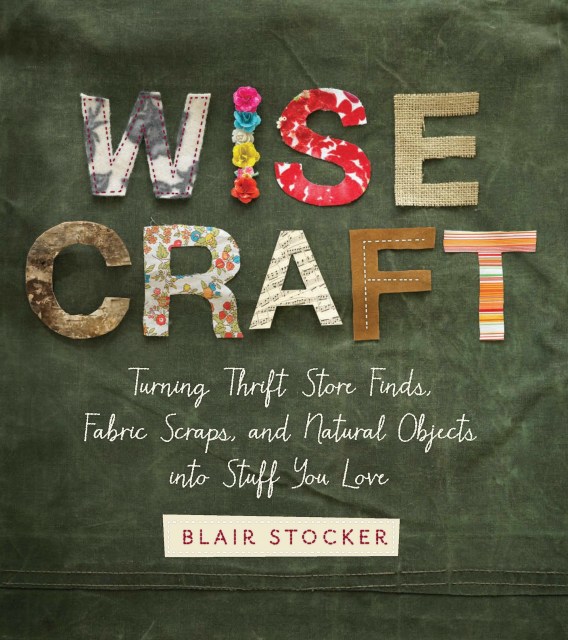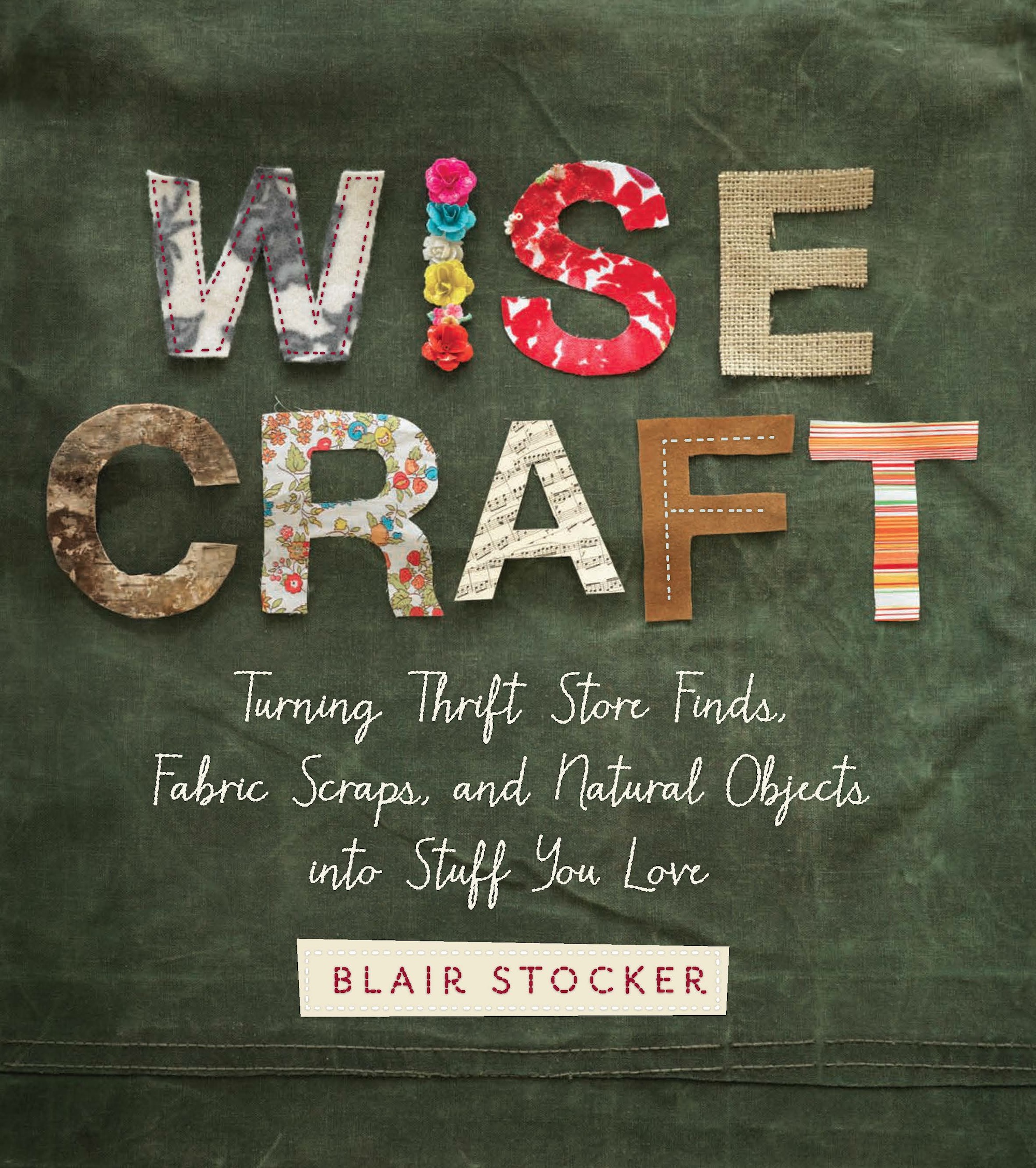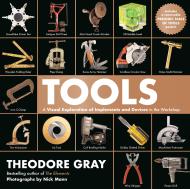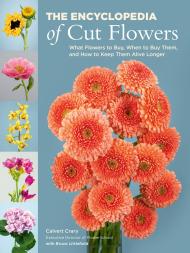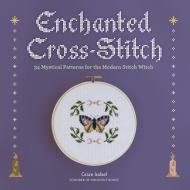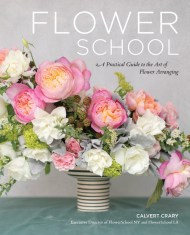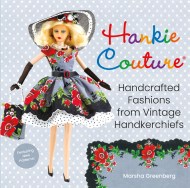Promotion
Use code MOM24 for 20% off site wide + free shipping over $45
Wise Craft
Turning Thrift Store Finds, Fabric Scraps, and Natural Objects Into Stuff You Love
Contributors
Formats and Prices
Price
$12.99Price
$15.99 CADFormat
Format:
ebook $12.99 $15.99 CADThis item is a preorder. Your payment method will be charged immediately, and the product is expected to ship on or around March 11, 2014. This date is subject to change due to shipping delays beyond our control.
Also available from:
Sixty projects include May Day cones and recycled floral mirror frames — perfect for a teenager’s room — plus throw pillow updates, a picnic blanket made from a pile of men’s shirts, spooky Halloween dishes, advent calendars, and recycled gift jars. Beautiful photography and illustrations make each project a snap, no matter your crafting background.
Genre:
-
“A keeper for thrift-store divas and dumpster divers.”
--Publishers Weekly
- On Sale
- Mar 11, 2014
- Page Count
- 184 pages
- Publisher
- Running Press
- ISBN-13
- 9780762451838
Newsletter Signup
By clicking ‘Sign Up,’ I acknowledge that I have read and agree to Hachette Book Group’s Privacy Policy and Terms of Use
